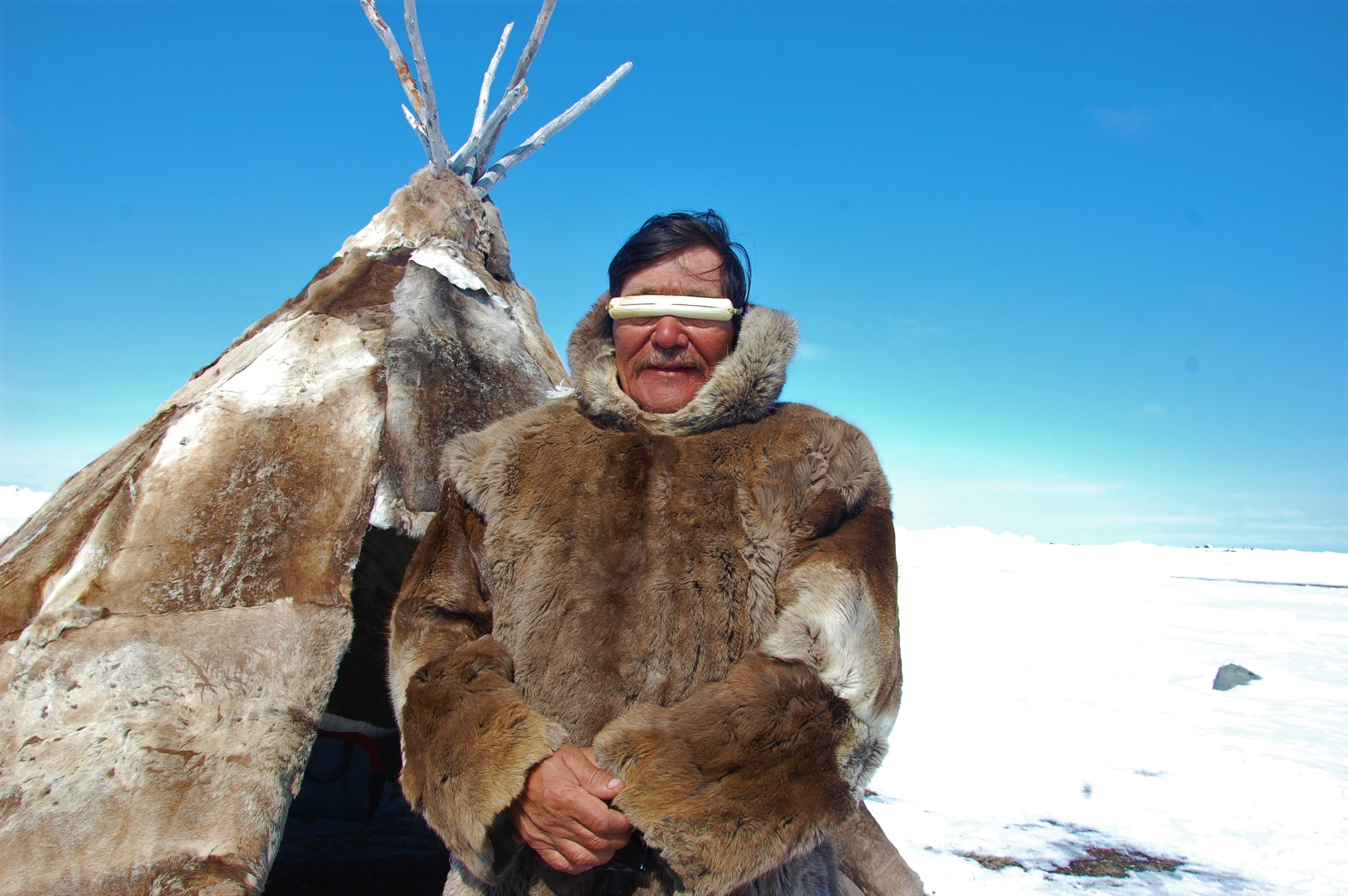

The new study also proposes a previously unknown migration. "Even potentially different species like Neanderthals had sex, so this finding is extremely surprising." "Elsewhere, as soon as people meet each other, they have sex," says Willerslev. In a paper to be published Friday in Science, evolutionary geneticist Eske Willerslev and molecular biologist Maanasa Raghavan, both of the University of Copenhagen, Denmark, and their colleagues reveal for the first time that the earliest inhabitants of the Canadian Arctic-a group that archaeologists call the Paleo-Eskimos-lived in isolation from their neighbors for nearly 4,000 years, refraining from any mixture with Native Americans to the south or with the ancestors of the modern Inuit. Many researchers dismissed the tales as pure fiction, but a major new genetic study suggests that parts of these stories were based on actual events. Yet the stories described the Tunit as a reticent people who kept to themselves, avoiding contact with their neighbors. Tunit men, they recalled, possessed powerful magic and were strong enough to crush the neck of a walrus and singlehandedly haul the massive carcass home over the ice. Inuit hunters in the Canadian Arctic have long told stories about a mysterious ancient people known as the Tunit, who once inhabited the far north. The study, published online Thursday, also reveals that today's Inuit and Native Americans of the Arctic are genetically distinct from the region's first settlers.

The earliest people in the North American Arctic remained isolated from others in the region for millennia before vanishing around 700 years ago, a new genetic analysis shows.


 0 kommentar(er)
0 kommentar(er)
